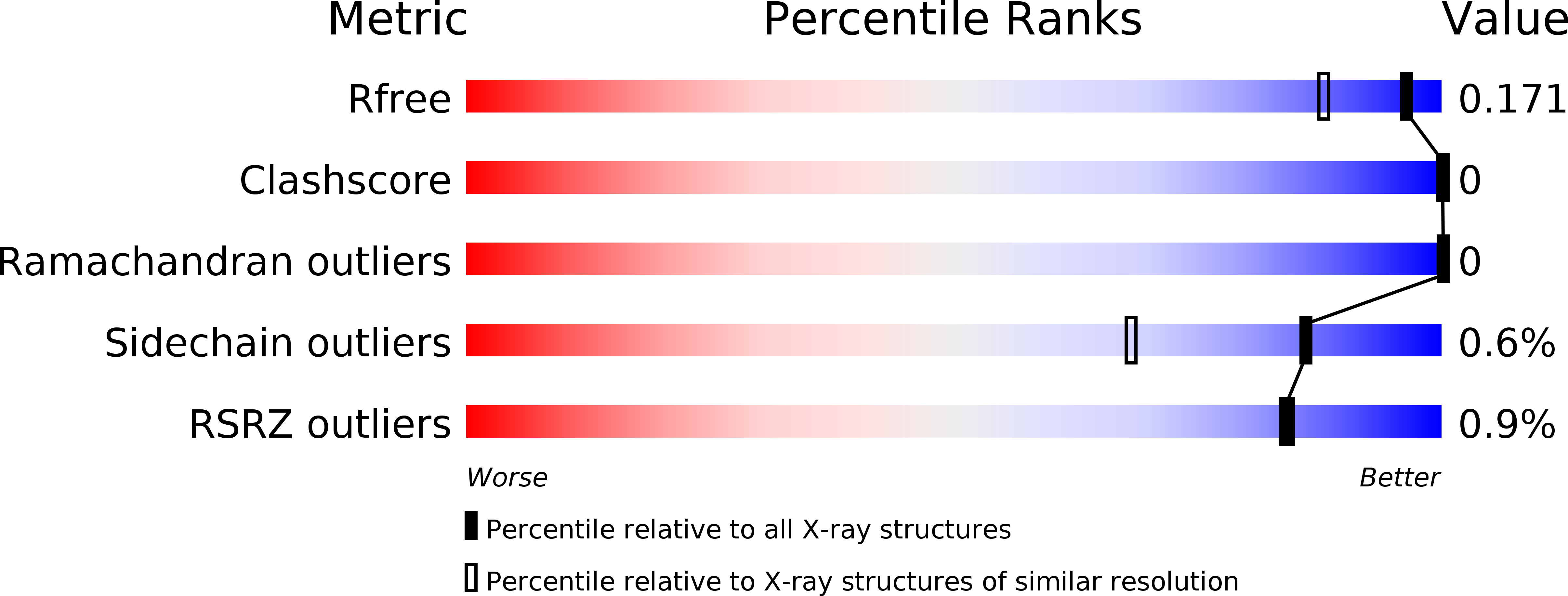
Deposition Date
2016-12-13
Release Date
2017-05-24
Last Version Date
2024-11-20
Entry Detail
PDB ID:
5MNA
Keywords:
Title:
Cationic trypsin in complex with aniline (deuterated sample at 295 K)
Biological Source:
Source Organism:
Bos taurus (Taxon ID: 9913)
Method Details:
Experimental Method:
Resolution:
1.44 Å
R-Value Free:
0.17
R-Value Work:
0.14
R-Value Observed:
0.14
Space Group:
P 21 21 21


